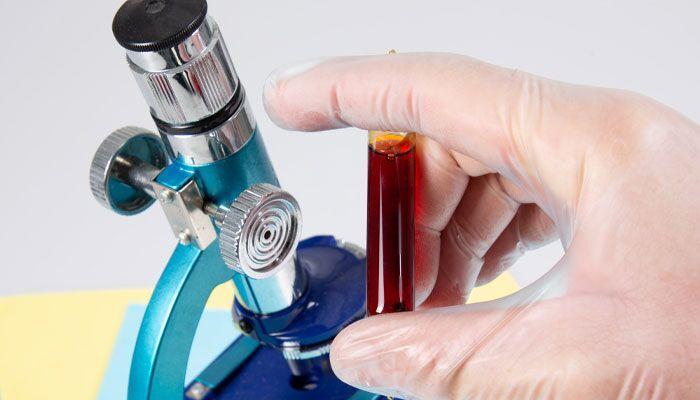
ApOE Polymorphism and Diabetes- Is there an association?

Diabetes is a leading cause of morbidity and mortality world over; also a major contributor to the global economic burden. Did you know that by 2030, around 79 million adults will have type 2 diabetes(T2DM) and the access to insulin could just be possible for half the T2DM population? A lot of research has been done through the years; yet, a better understanding of risk factors is still needed to combat T2DM.
The pathogenesis of Type II diabetes mellitus (T2DM) involves complex interactions between genetic, environmental and lifestyle factors. A lot is known about the environmental and lifestyle factors contributing to diabetes; however, the genetic basis still needs clarity.
Apolipoprotein E and its gene
Apolipoprotein is a glycoprotein that has a significant role in lipid metabolism. These proteins are produced by hepatocytes and astrocytes and are found in the plasma and cerebrospinal fluid.
The Apolipoprotein (ApoE) gene is located on the chromosome 19 at position 19q13.2. The three isoforms of ApoE (ApoE2, ApoE3, and ApoE4) are encoded by the alleles – Apo ε2, Apo ε3, Apo ε4 respectively. ApoE gene has 6 genotypes-
- 3 homozygous: ε2/ε2, ε3/ε3, and ε4/ε4
- 3 heterozygous: ε2/ε3, ε2/ε4, and ε3/ε4
Studies have shown that ApoE alleles and their genotypes are important genetic markers of dyslipidemia, coronary artery disease, ischemic cerebrovascular disease, and Alzheimer’s disease. Several recent studies have indicated that ApOE polymorphism may be linked with type 2 diabetes. In this article, we shall delve deeper into ApoE polymorphism and the risk of type 2 diabetes.
What does research tell us?
A recent meta-analysis conducted by Liu S et al. that included around 791 published studies on ApoE polymorphism and its association with T2DM provides us some interesting insights:
- ApoE 4 could be a risk factor for T2DM and Apo ε2 is not associated with T2DM
- Genotypes ε2/ε2, ε3/ε4, and ε4/ε4 may be linked with T2DM whereas ε2/ε3, ε2/ε4 are not linked to T2DM.
- Subjects with ε4 alleles have higher plasma cholesterol when compared to ε3/ε3 genotype.
- Subjects with ε3/ε4 genotype had lower HDL levels than ε3/ε3 levels.
- Subjects with ε4/ε4 genotype had 31% higher LDL levels than those with ε2/ε2 genotype.
Insulin resistance is strongly associated with metabolic dyslipidemia. Moreover, altered lipid profiles (low HDL, high LDL) is strongly linked with T2DM. Based on the study results, it could be said that ApoE ε4 and the genotypes- ε3/ε4 and ε4/ε4 increase the risk of T2DM by affecting lipid metabolism. Another finding was that the people with single allele ε2 (ε2/ε3 and ε2/ε4) are not at the risk of T2DM while those carrying two ε2 allele (ε2/ε2) possess higher risk for T2DM.
In essence-
ApoE polymorphism is a risk factor of T2DM with allele ε4 and genotypes (ε2/ε2, ε3/ε4, and ε4/ε4) showing the highest risk. Genetic testing for assessing ApoE alleles and genotypes can help with early identification of people at risk and employment of effective strategies to prevent and treat T2DM.
References:
- Liu S, Liu J, Weng R, Gu X, Zhong Z. Apolipoprotein E gene polymorphism and the risk of cardiovascular disease and type 2 diabetes. BMC Cardiovasc Disord. 2019;19(1):213. Published 2019 Sep 14. doi:10.1186/s12872-019-1194-0
- Amanda L. Lumsden, Anwar Mulugeta, Ang Zhou, Elina Hyppönen. Apolipoprotein E (APOE) genotype-associated disease risks: a phenome-wide, registry-based, case-control study utilising the UK Biobank. EBioMedicine 59 (2020) 102954





































































































